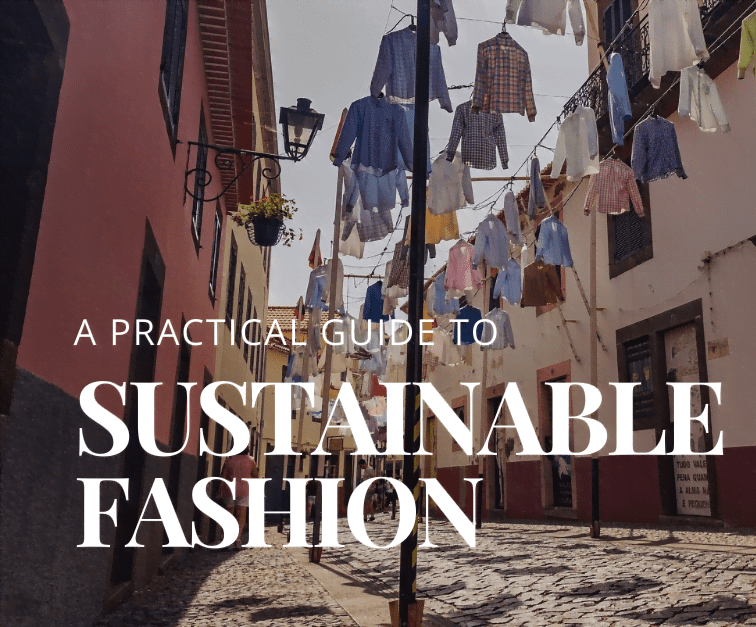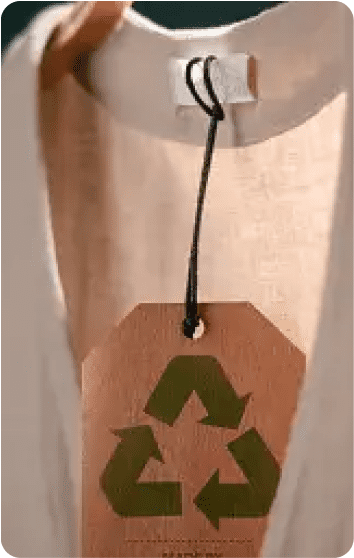Eco-friendly practices in plant care are more than just a trend; they’re a commitment to a healthier environment. One such practice gaining popularity is bottom watering, an efficient and sustainable method to nurture plants. This technique not only benefits plant health but also aligns with the principles of water conservation and eco-friendly living.
What is Bottom Watering?
Bottom watering is a plant watering method where water is absorbed from the bottom of the container, allowing the roots to draw moisture upwards. This approach contrasts with top watering, where water is poured over the soil’s surface. Bottom watering offers several advantages, such as promoting deeper root growth and preventing overwatering, making it a preferred choice for many gardeners.
Unlock Your Savings with Exclusive Offer Coupons
Save big while shopping for sustainable products! Grab your exclusive coupons today!

Benefits of Bottom Watering
The advantages of bottom watering extend far beyond simple water conservation. This method is a game-changer in plant care for several reasons:
Prevents Overwatering: Overwatering is a common issue that can lead to root rot and other harmful conditions. Bottom watering allows plants to absorb only the water they need, reducing the risk of over-saturation.
Encourages Deeper Root Growth: Plants watered from the bottom develop deeper root systems. This growth pattern is beneficial as it makes plants more resilient and capable of accessing nutrients from deeper within the soil.
Reduces Water Wastage: This method ensures that water is directly available to the roots, minimizing evaporation and runoff, which are common in top watering.
Minimizes Fungal Diseases: Wet leaves and stems can lead to fungal infections. Bottom watering keeps the foliage dry, significantly reducing the incidence of these diseases.
Healthier Plant Growth: Gardeners who use bottom watering often report more robust and healthier plant growth. This is attributed to the even distribution of moisture that this method provides, ensuring that all parts of the root system have access to water.
Reduced Maintenance: Since plants take up water as needed, bottom watering reduces the frequency of watering, making it a convenient option for busy gardeners.

How to Bottom Water Plants
To maximize the benefits of this technique, follow these detailed steps:
1. Select the Right Container: Choose a container deep enough to hold a significant amount of water without spilling. The container should be wide enough to accommodate your plant’s pot comfortably.
2. Prepare the Water: Fill the container with room temperature water. Cold water can shock the plant’s roots, while hot water can harm them. If possible, use rainwater or distilled water, especially for sensitive plants.
3. Begin the Watering Process: Place your potted plant in the container. Ensure the water level is high enough to reach the bottom of the pot but not so high that it submerges the top soil. Let the plant sit in the water until the soil’s top layer feels moist to the touch.
4. Drainage: After watering, remove the plant from the container and allow any excess water to drain. This step is crucial to prevent waterlogging and root rot.
5. Monitor and Adjust Your Watering: Observe your plant’s response to bottom watering and adjust the frequency and amount of water according to its specific needs. Factors like plant type, pot size, and environmental conditions will influence these adjustments.
Plants Suitable for Bottom Watering
These plants are particularly well-suited for bottom watering:
African Violets: Known for their sensitivity to water on their leaves, these plants thrive with this watering technique.
Orchids: Orchids benefit from the consistent moisture level that bottom watering provides, promoting healthy root systems.
Ferns: Ferns prefer a moist environment, making them ideal candidates for this watering technique.
Other Plants: Many houseplants, including spider plants, peace lilies, and philodendrons, also respond well to this method.
Each plant type may have specific requirements, so it’s important to research and understand the needs of your particular plants.
Also Read: The Ultimate Guide to Choosing and Nurturing Vine House Plants

Common Mistakes to Avoid
To ensure successful bottom watering, be mindful of these common errors:
Overwatering: Even with bottom watering, it’s possible to overwater if the plant is left in water for too long. Monitor the soil and plant response carefully.
Inadequate Drainage: Ensure your pots have holes at the bottom for proper drainage. This prevents water from accumulating at the base, which can lead to root rot.
Water Temperature: Always use room temperature water. Extreme temperatures can shock the plant’s roots, causing stress or damage.
Neglecting Plant Needs: Each plant has unique watering needs. Pay attention to signs of distress and adjust your watering schedule accordingly.
By understanding and implementing these practices, gardeners can effectively utilize bottom watering to promote healthier plant growth and embrace a more eco-friendly approach to plant care.
Tips for Eco-Friendly Plant Care
In addition to this watering technique, other eco-friendly plant care practices include using organic fertilizers, recycling water, and choosing sustainable potting materials. These practices contribute to a healthier environment and promote sustainable living.

Conclusion
Bottom watering is a simple yet effective method to enhance plant health and align with eco-friendly practices. By adopting this technique, gardeners can enjoy healthier plants while contributing to environmental sustainability.
If you’d like more tips and tricks for your sustainable garden, explore our blog!
Read Next: Top 5 Indoor Hydroponics for City Gardeners: Expert Picks
FAQs
What is the difference between bottom watering and top watering?
Bottom watering involves supplying water from the bottom of the pot, encouraging roots to grow deeper. Top watering, on the other hand, involves pouring water over the soil’s surface.
Can I use any type of container for bottom watering?
Any container that can hold water and accommodate your plant’s pot is suitable for bottom watering. Ensure it’s deep enough to allow the roots to absorb water effectively.
How often should I bottom water my plants?
The frequency depends on the plant type and environmental conditions. Monitor the soil moisture and adjust accordingly.
Is bottom watering suitable for all types of plants?
While many plants benefit from bottom watering, some, like those requiring dry conditions, may not be suitable. Research your specific plant’s needs for the best results.
Want to read more like this?
Get similar stories and a free sustainability checklist delivered to your inbox.

Like our content?
Get similar stories and a free sustainability checklist delivered to your inbox.

















